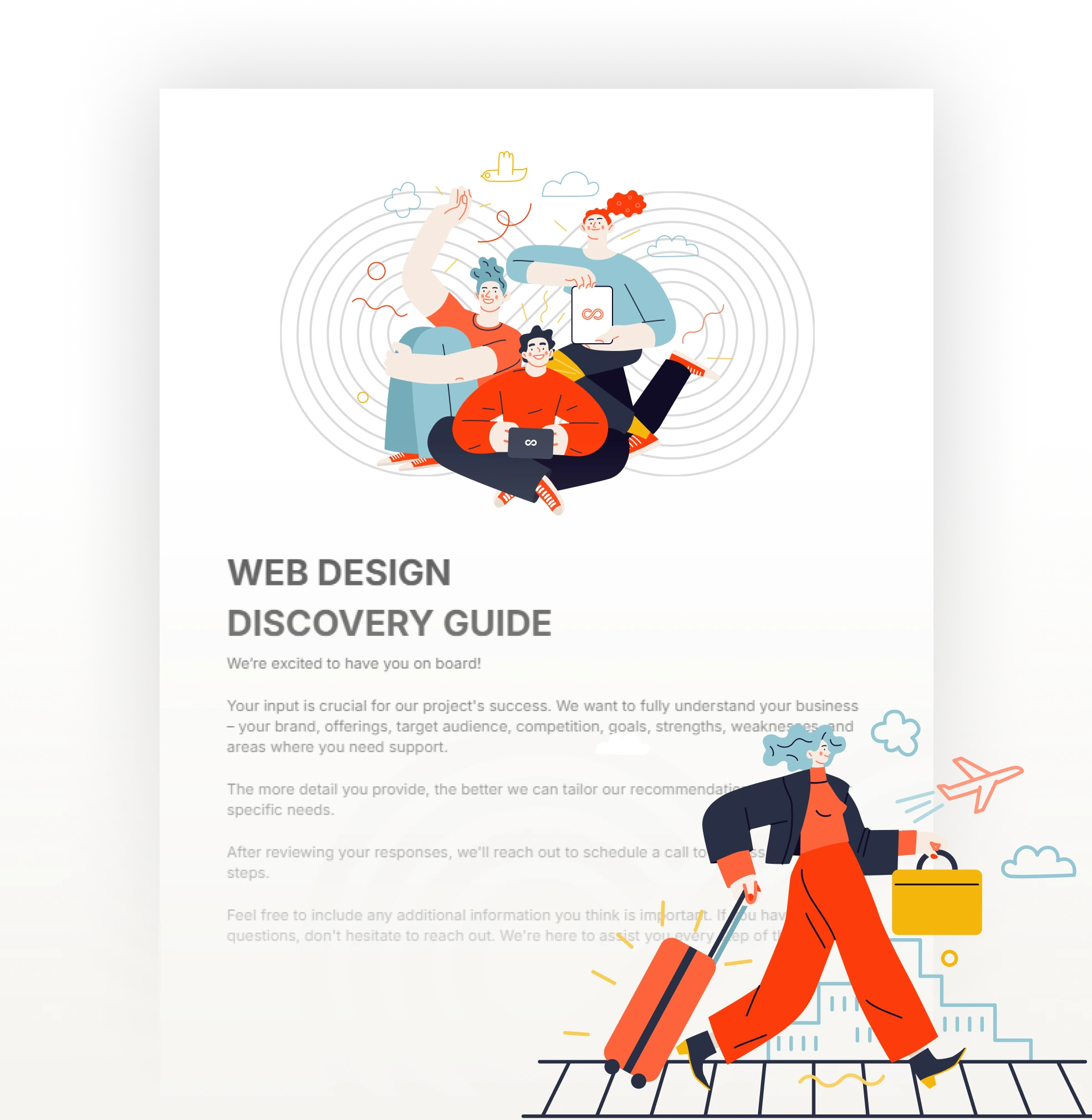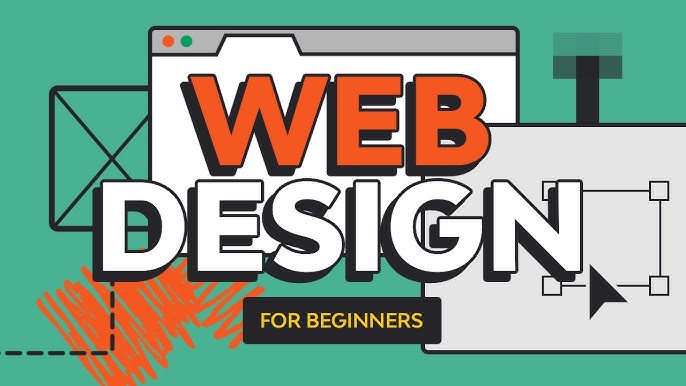The Very Best Kinds of Web Design to Boost Customer Experience and Interaction
In the ever-evolving landscape of digital communication, the performance of Web layout significantly impacts customer experience and involvement. Different layout strategies, such as minimalist, receptive, and interactive designs, each offer unique benefits that can accommodate varied individual needs. Recognizing which kinds of website design best offer these objectives can be critical for organizations aiming to boost consumer contentment and retention. However, the inquiry remains: which design aspects genuinely resonate with individuals and foster significant engagement? The expedition of these concepts discloses critical understandings that may redefine your method to website design.
Minimal Website Design
As digital landscapes come to be progressively chaotic, minimal website design has become an effective technique to boosting individual experience. This style philosophy focuses on simplicity, concentrating on vital elements while removing unneeded disturbances. By making use of ample white space, uncomplicated navigation, and a restricted shade palette, minimal design cultivates quality and routes customer focus to key material.
The core principle of minimal website design is to produce a smooth communication for users. By lowering cognitive lots, users can promptly grasp information without feeling bewildered. This straight strategy not just improves usability but additionally urges involvement, as site visitors are much more most likely to discover a website that is visually appealing and simple to browse.
Furthermore, minimalist design usually stresses typography and images, utilizing these elements strategically to convey messages effectively. This concentrate on crucial parts can enhance brand name identification and produce an unforgettable user experience. Basically, minimal website design is not simply a trend; it is a thoughtful approach that recognizes the importance of user-centered design. By removing away nonessential components, developers can create a much more engaging, efficient, and satisfying Web experience for all users.
Responsive Website Design
In today's diverse electronic setting, receptive website design has actually become necessary for producing a smooth user experience throughout a plethora of tools. As individuals access internet sites on mobile phones, laptops, tablets, and desktop computers, the capability of a web site to adjust its design and web content to various screen dimensions and resolutions is essential.
Responsive website design employs flexible grids, photos, and CSS media queries to make sure that Web material exists ideally, no matter of the gadget made use of. This method not only boosts the aesthetic charm of a site however also considerably improves usability. Individuals are most likely to involve with a website that provides a regular experience, as it eliminates the irritation of having to focus or scroll exceedingly.
Additionally, online search engine, consisting of Google, focus on mobile-friendly web sites in search positions. By taking on receptive layout, services can boost their exposure and get to a broader target market. This approach also streamlines website maintenance, as a solitary variation of the site can provide to all tools, decreasing the demand for multiple versions. In summary, receptive website design is an essential technique that improves user experience, involvement, and total satisfaction.
Interactive Web Style
Receptive Web design prepares for enhancing user experience, yet interactive website design takes this a step better by involving customers in a more vibrant way - Aligned Position Web Design. By integrating components such as computer animations, clickable models, and real-time comments, interactive Web design mesmerizes customers, attracting them right into a richer browsing experience
This technique not only cultivates interaction yet likewise encourages customers to explore content proactively instead of passively eating it. Techniques such as gamification, where individuals gain benefits for finishing tasks, can significantly boost the moment invested in a site and improve total fulfillment. In addition, interactive features can simplify complex details, making it a lot more pleasurable and absorbable.

Including interactive design elements can also bring about higher conversion rates, as customers are more most likely to involve with a site that actively entails them. Aligned Position Web Design. Inevitably, interactive Web style transforms customer experiences into memorable journeys, guaranteeing that site visitors return time after time
Flat Design
Defined by its minimalistic strategy, flat layout emphasizes simplicity and performance, removing unneeded aspects and concentrating on necessary features. This style approach focuses on use, making sure that individuals can browse interfaces effortlessly and efficiency. By using a tidy aesthetic, flat layout gets rid of the clutter usually discovered in much more ornate designs, thus boosting user focus on content and functionality.
The trademark of flat style lies in its usage of strong shades, easy typography, and geometric shapes. These Recommended Reading elements contribute to an aesthetically enticing interface that is both friendly and modern. Furthermore, flat layout promotes a sense of clearness, allowing individuals to determine vital activities and info without diversion.
Additionally, flat style is specifically reliable in receptive Web layout, as its simpleness translates well throughout numerous devices and screen dimensions. The absence of detailed textures and gradients lessens packing times, which is vital for keeping user involvement. As electronic landscapes continue to develop, level layout stays an appropriate selection for producing straightforward web sites that boost total experience. By concentrating on crucial attributes, flat design not only satisfies individual requirements yet likewise urges seamless communication, making it an important element of effective Web design techniques.
Flexible Website Design
Adaptive Web style customizes the individual experience by producing several fixed layouts customized to various screen dimensions and devices. Unlike receptive layout, which fluidly adjusts a single design, adaptive layout employs distinct designs for particular breakpoints, ensuring optimal presentation on various systems. This strategy enables designers to concentrate on the distinct attributes of each tool, boosting use by providing exactly what users need based upon their context.
One of the primary benefits of adaptive website design is its capability to optimize lots times and performance. By serving tailored web content and images that fit the individual's gadget, web sites can minimize information use and enhance loading rates. This is specifically advantageous for customers with slower links or restricted information strategies.

Furthermore, flexible design promotes an extra constant and regulated branding experience. Considering that designers develop multiple formats, they can make certain that the aesthetic elements straighten with the brand's identification throughout different systems - Aligned Position Web Design. This results in a natural customer experience, boosting interaction and promoting customer retention
Verdict
In conclusion, the combination of minimal, receptive, and interactive website design concepts considerably boosts individual experience and interaction. Minimalist design promotes clearness and emphasis, while responsive layout makes certain adaptability throughout various tools, promoting accessibility. Interactive layout mesmerizes individuals with dynamic aspects, motivating expedition and customization. Jointly, these layout approaches add to the development of user-friendly atmospheres that not only enhance complete satisfaction yet likewise drive higher conversion prices, highlighting their critical value in contemporary Web design methods.

Minimal layout cultivates quality and emphasis, while responsive design read guarantees flexibility throughout numerous devices, advertising ease of access. Jointly, these layout approaches add to the development of easy to use settings that not just improve fulfillment yet likewise drive higher conversion rates, emphasizing their critical importance in modern Web design methods.